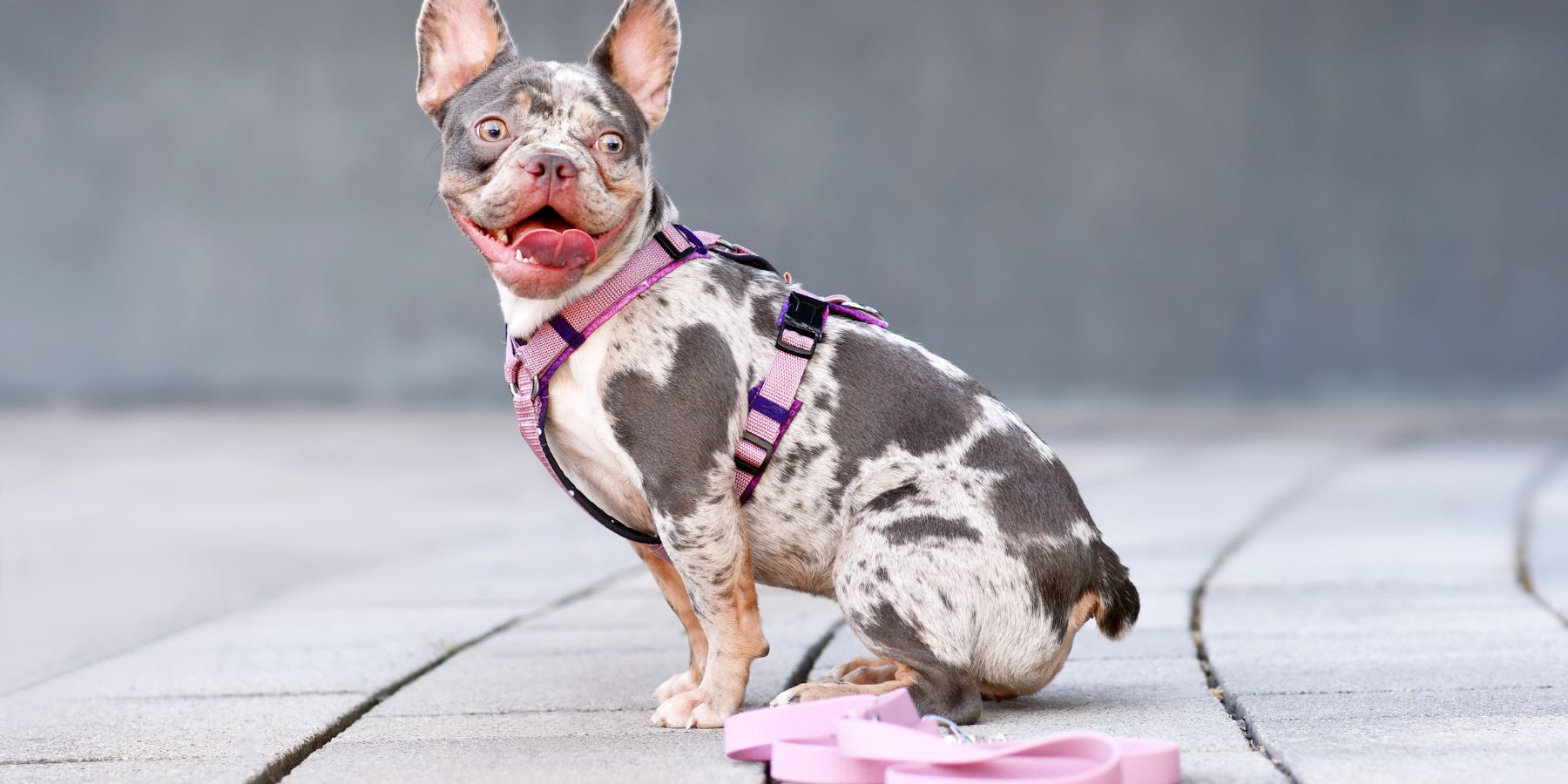Selecting the right harness size for your dog is crucial for their comfort and safety. A well-fitted harness ensures that your dog can move freely without the risk of slipping out or getting injured. However, with so many breeds and sizes, finding the perfect fit can be a challenge. This guide is designed to help you understand how to choose the right harness size for your breed, ensuring a comfortable and secure fit for your canine companion.
Importance of Correct Harness Sizing
A harness that's too tight can cause chafing and discomfort, while one that's too loose may allow your dog to escape. The right size harness will distribute pressure evenly across the chest and back, reducing strain on the neck and providing better control for you during walks.
Understanding Dog Harness Size Chart by Breed
A dog harness size chart by breed can be a helpful starting point. These charts typically categorize harness sizes based on common measurements for different breeds. However, it's important to remember that like humans, dogs within the same breed can vary in size. Therefore, these charts should be used as a general guideline rather than a definitive source.
Measuring Your Dog
Before referring to a size chart, measure your dog's neck and chest girth. Here’s how you can do it:
Neck Girth: Measure around the base of your dog's neck.
Chest Girth: Measure around the widest part of your dog’s chest, usually just behind the front legs.
Harness Size Guide for Popular Breeds
While individual measurements are key, here's a general guide for some popular breeds:
Chihuahua: Usually fits into extra small or small harnesses.
Beagle: Often requires a medium-sized harness.
Labrador Retriever: Typically fits into large harnesses.
German Shepherd: May require a large or extra-large harness, depending on their size.
Adjustable Harnesses for the Perfect Fit
Given the variance in dog sizes, adjustable harnesses are a great option. They allow you to fine-tune the fit, ensuring that the harness is snug but not restrictive.
Types of Harnesses and Breed Considerations
Different harness styles can suit different breeds:
No-pull harnesses: Ideal for breeds prone to pulling, like Huskies or Boxers.
Step-in harnesses: Great for small breeds like Yorkies or Pomeranians.
Padded harnesses: Beneficial for breeds with short fur, like Bulldogs or Pugs.
FAQs
Q: What if my dog is between two sizes in a harness chart?
A: Opt for the larger size and adjust it down. It's better to have a harness that's slightly loose than one that's too tight.
Q: How often should I check the fit of my dog's harness?
A: Regularly, especially if your dog is still growing, has a change in weight, or if the harness shows signs of wear.
Q: Are harness size charts by breed always accurate?
A: They provide a good starting point, but individual measurements are more reliable for an accurate fit.
Q: Can puppies use the same harness size as adult dogs of their breed?
A: Puppies grow quickly, so they'll likely need a different size than an adult dog of their breed. Choose an adjustable harness to accommodate their growth.
Q: Should the harness style vary with my dog's activity level?
A: Yes, active dogs may benefit from more durable and secure harnesses, while less active dogs might be comfortable in lighter, simpler designs.
In conclusion, choosing the right size harness for your dog requires a mix of understanding general breed guidelines and knowing your dog's specific measurements. A well-fitted harness is crucial for your dog's comfort and safety, and adjustable options can provide the flexibility needed for a perfect fit. Remember, each dog is unique, so take the time to ensure that the harness you choose meets the specific needs of your furry friend.


